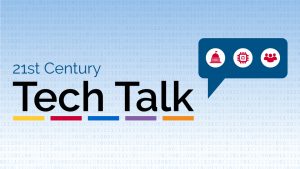State governments are slowly following the private sector to the cloud, mostly with limited programs to support specific groups within each state. Ohio is proving to be an exception to that rule, rebuilding its entire infrastructure as part of a multiyear IT modernization project with a cloud-first mind-set. And other states should consider following that example.
Most states have standardized on a call center model to help answer their citizens’ questions about everything from vehicle regulations to aid programs to special events of local interest. Yet millennials simply won’t use them, and as they begin to make up a larger part of the population, state and local governments will need to adjust.
An organization called the Smart Cities Council is at the center of many efforts to help cities to make intelligent upgrades so that they can earn the honor, and the title, of becoming a “Smart City.”
The Miami-Dade Police Department in South Florida is addressing the issue of community relations on two fronts, the implementation of VIEVU body-worn cameras for officers, and a new Community on Patrol app to allow citizens to better connect with police at any time.
A majority of voters are likely going to have to deal with very old technology on Nov. 8. A recent study showed that up to 43 states are planning to use voting machines that are at least 10 years old, with some moving forward with 20- or 30-year-old systems. Virginia, however, spent $28 million in 2014 to upgrade all of its machines across the state.
In his inaugural blog for 21st Century State & Local, John Breeden II argues that state and local governments are leading the charge toward tech innovation.
